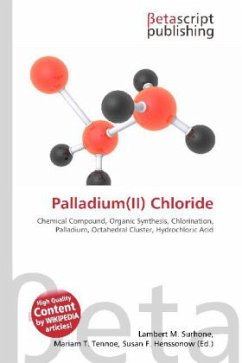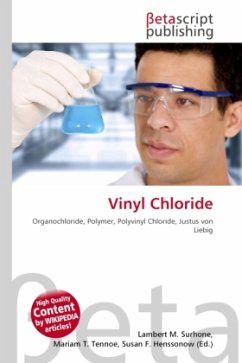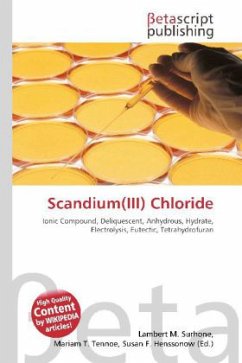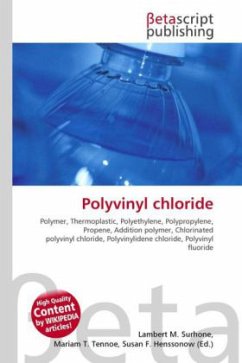Please note that the content of this book primarily consists of articles available from Wikipedia or other free sources online. Nickel(II) chloride (or just nickel chloride), is the chemical compound NiCl2. The anhydrous salt is yellow, but the more familiar hydrate NiCl2·6H2O is green. It is very rarely found in nature as mineral nickelbischofite. A dihydrate is also known. In general nickel(II) chloride, in various forms, is the most important source of nickel for chemical synthesis. Nickel salts are carcinogenic. Probably the largest scale production of nickel chloride involves the extraction with hydrochloric acid of nickel matte and residues obtained from roasting refining nickel-containing ores. NiCl2·6H2O is rarely prepared in the laboratory because it is inexpensive and has a long shelf-life. The hydrate can be converted to the anhydrous form upon heating in thionyl chloride or by heating under a stream of HCl gas. Simply heating the hydrates does not afford the anhydrousdichloride.
Bitte wählen Sie Ihr Anliegen aus.
Rechnungen
Retourenschein anfordern
Bestellstatus
Storno








